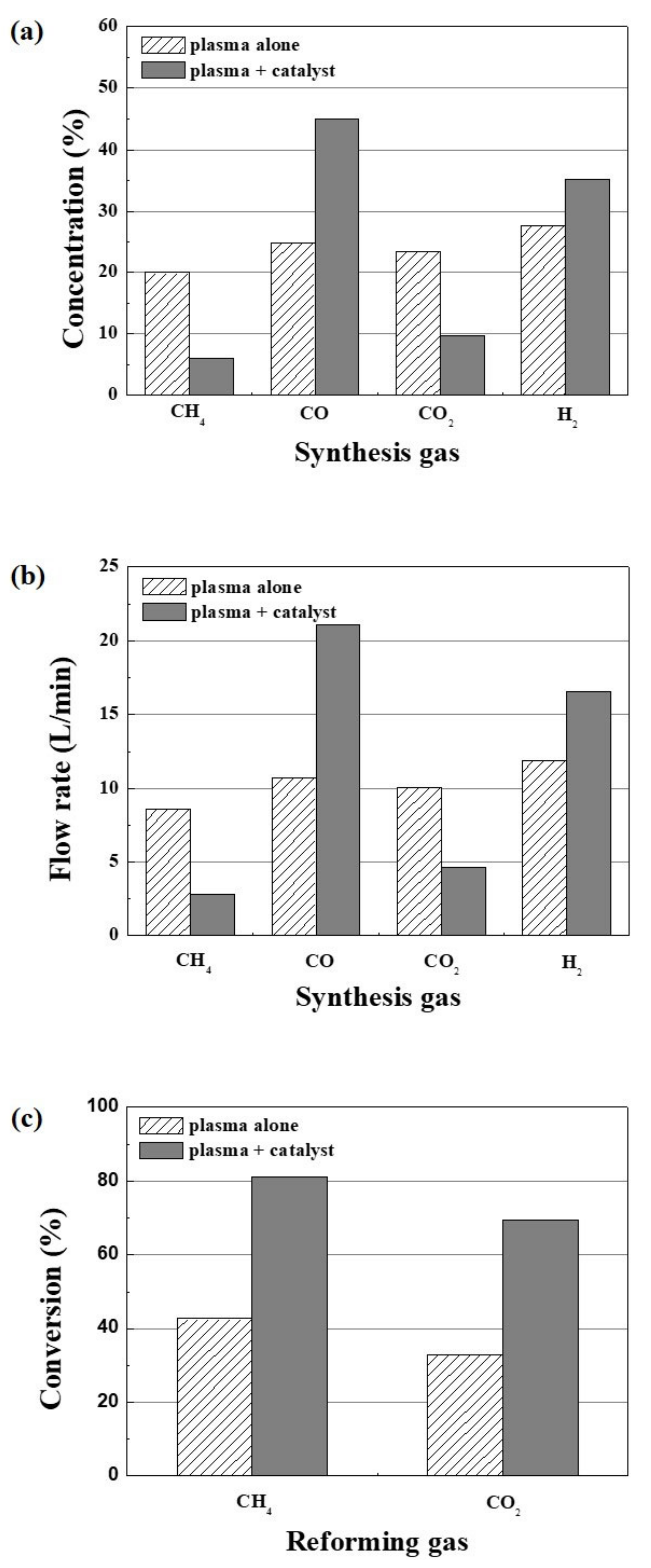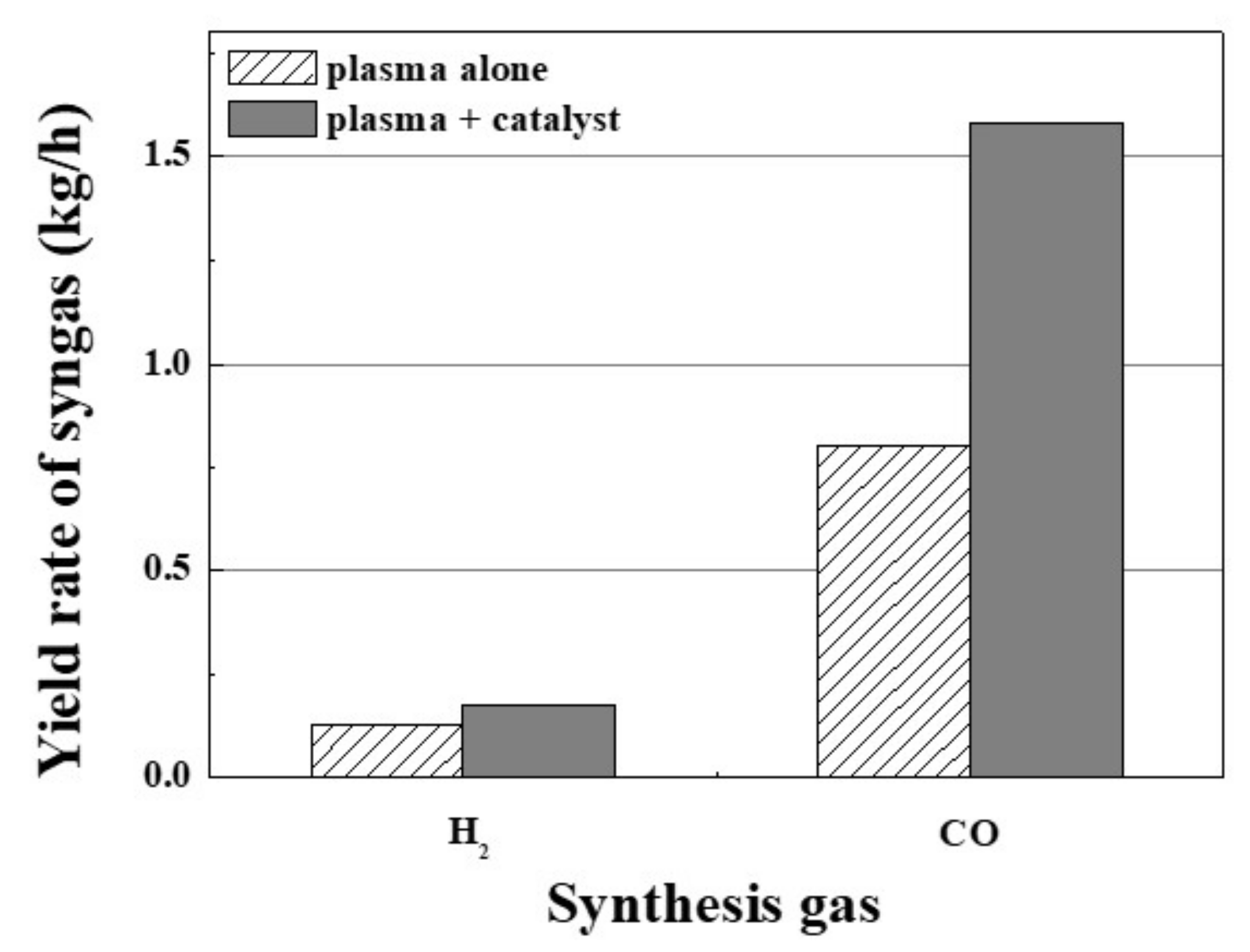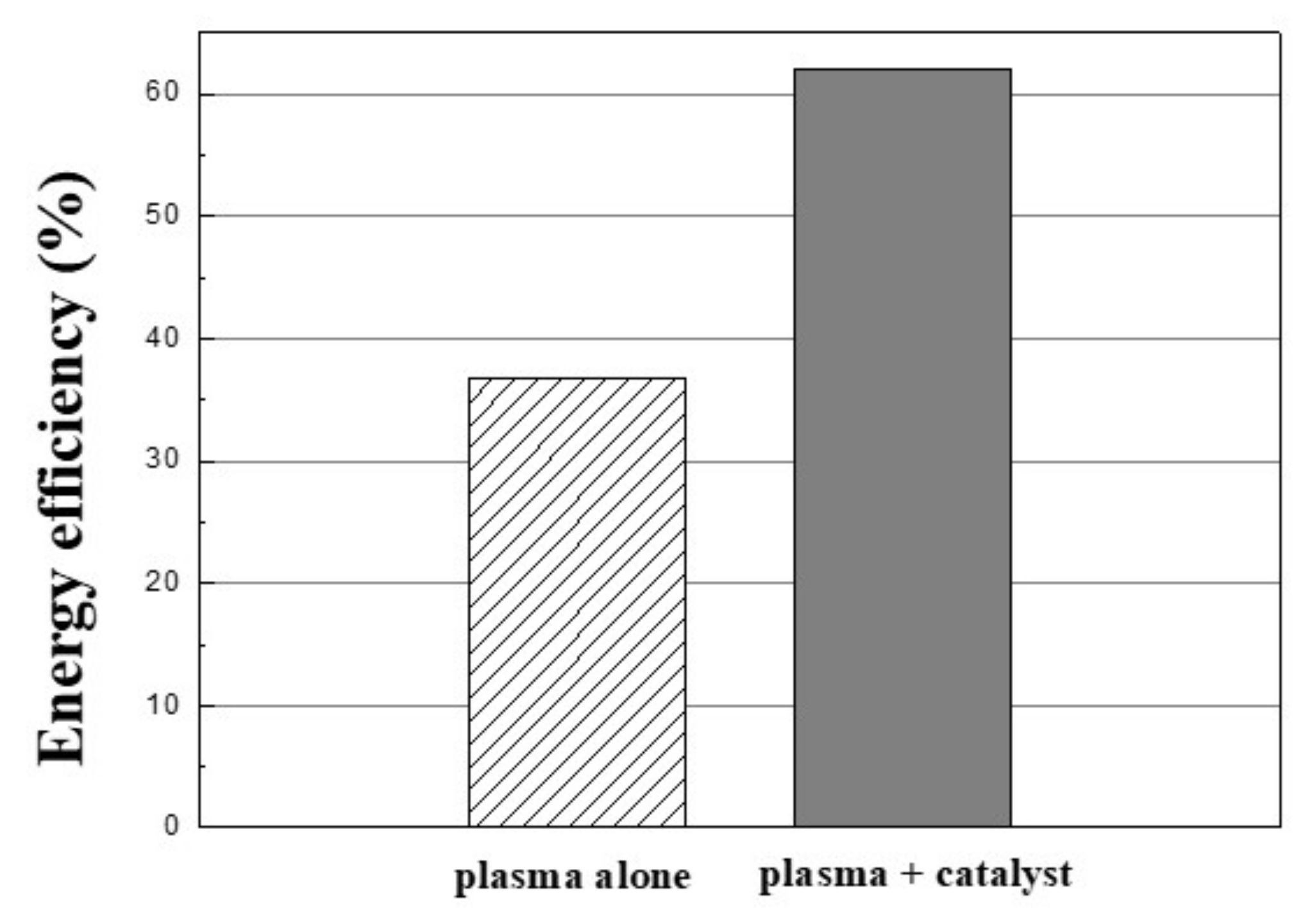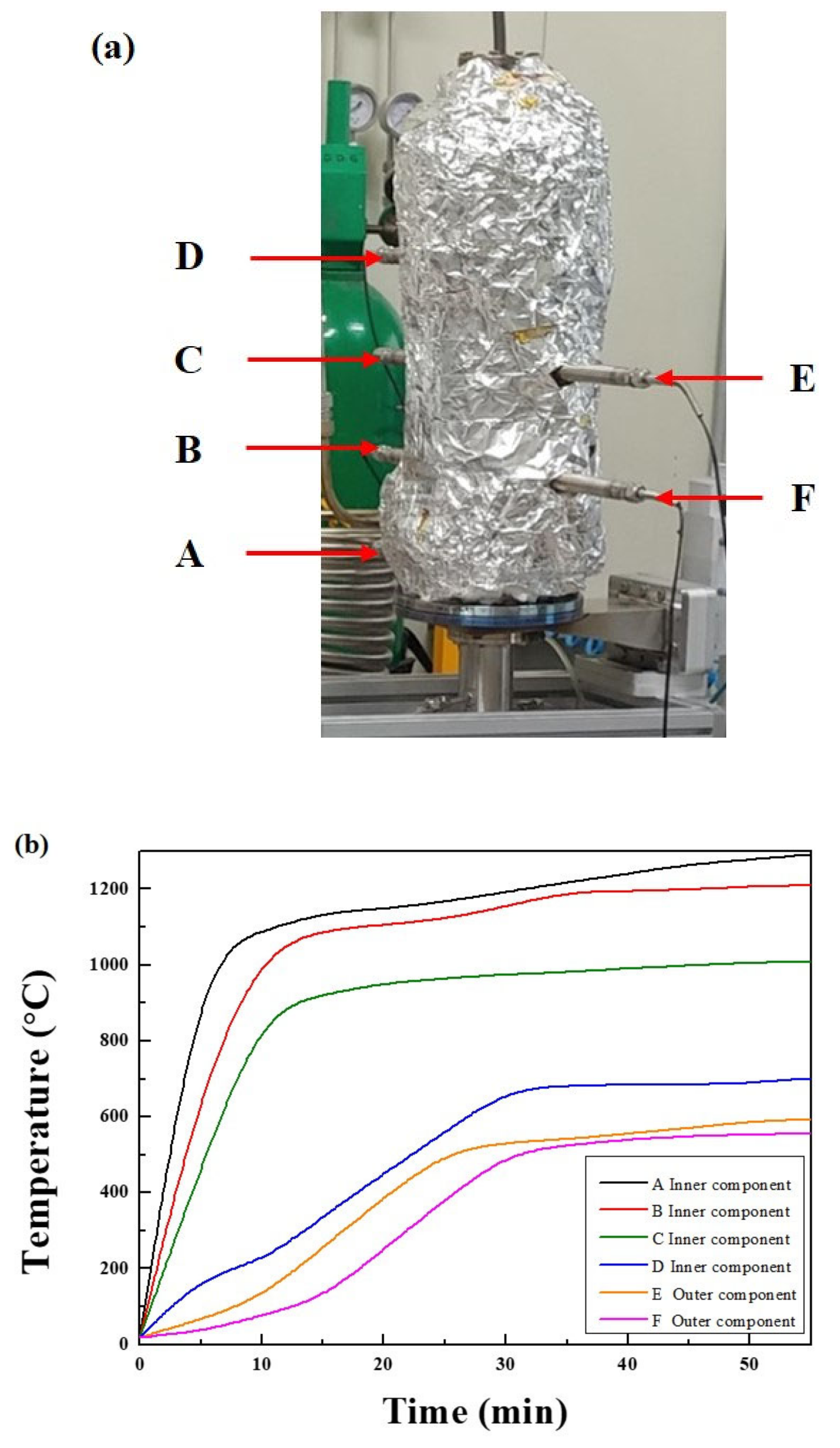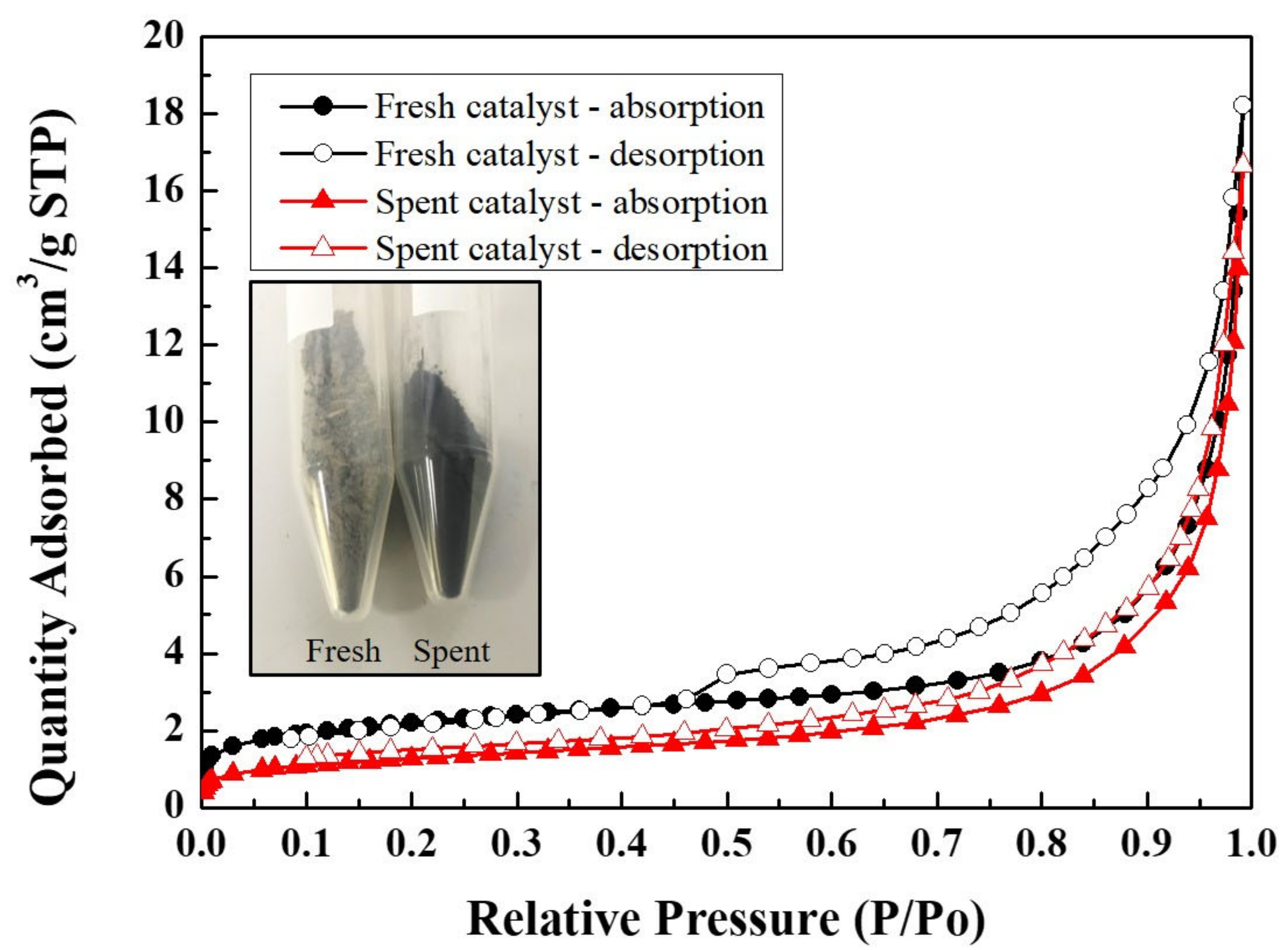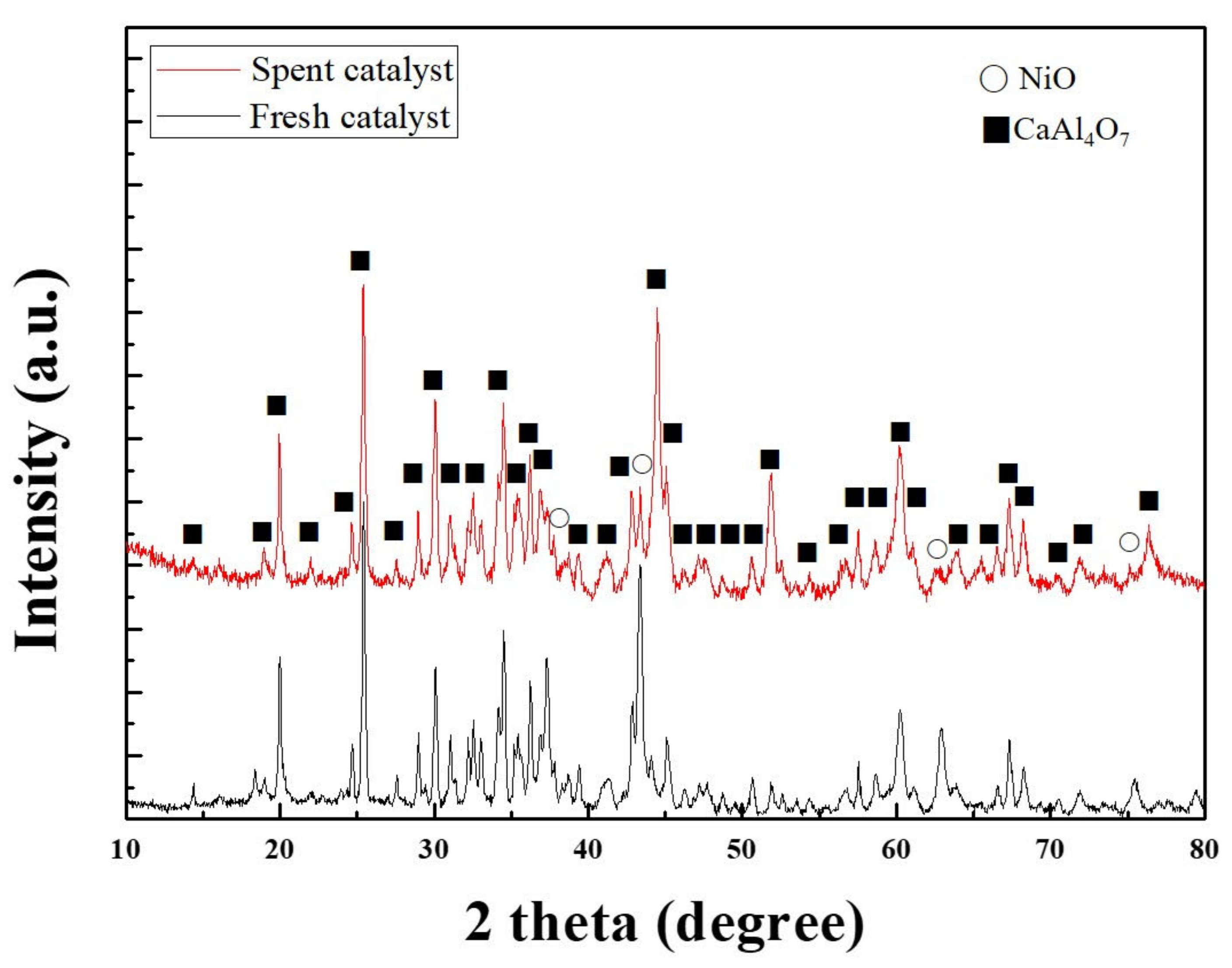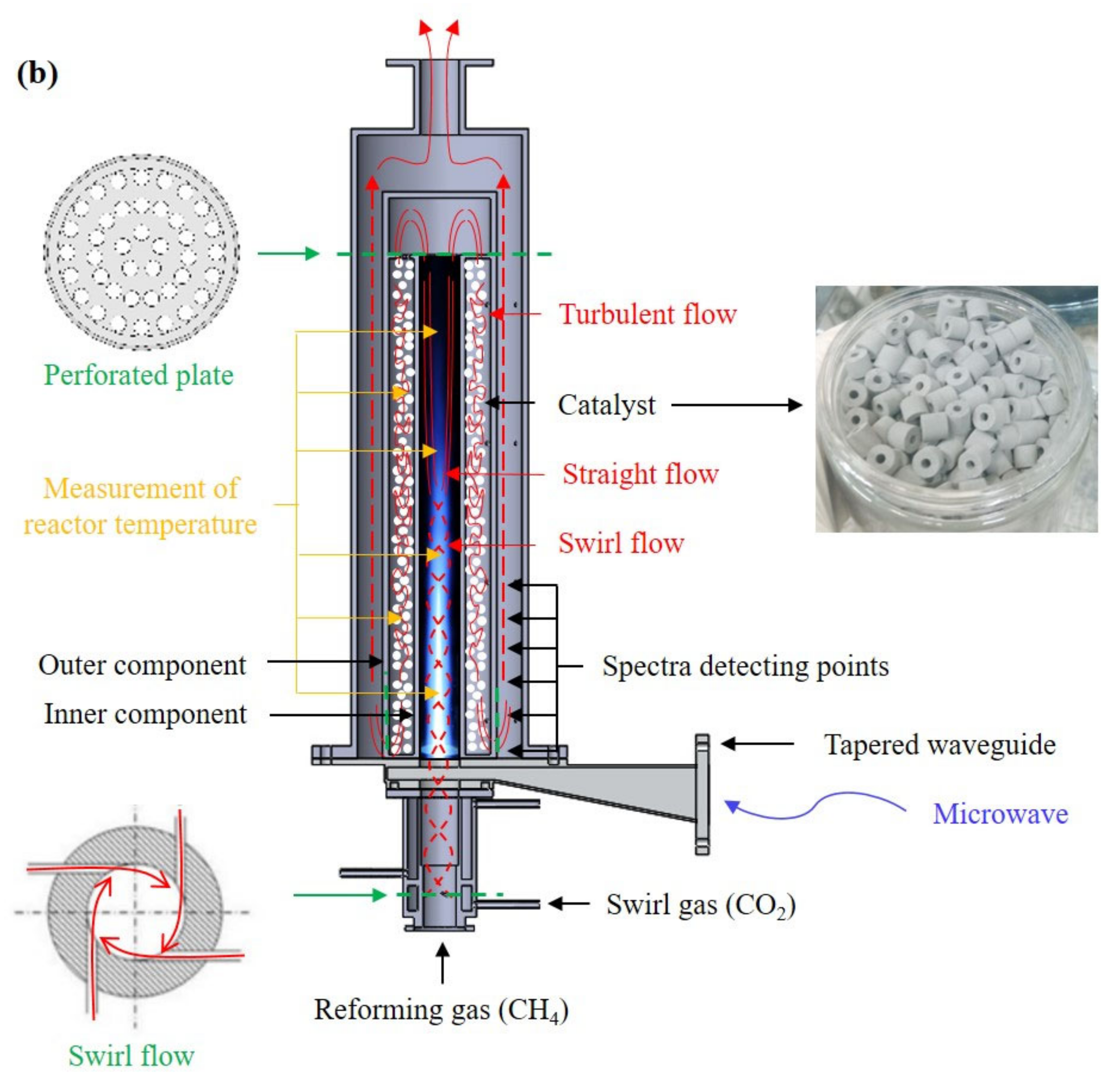The authors found that the gas sensor analyzer had a large amount of error, and the re-experiments were tested several times. Consequently the authors wish to make the following corrections to the paper:
Three sentences in line 7 from the bottom of the abstract on page 1: High CO2 and CH4 conversions of 69.3% and 81.2%, respectively, were achieved in the presence of catalyst at the same microwave power. At constant microwave power, catalyst addition increased the H2 and CO mass yield rates of 0.177 kg/h and 1.58 kg/h, respectively. Additionally, the H2 energy yield was 59.1 g/kWh.
Two sentences in line 8 from the top of the conclusions on page 17: The optimized conversion ratios of CO2 and CH4 were 69.3% and 81.2%, respectively, and optimized H2 and CO mass yield rates of 0.177 kg/h (59.1 g/kWh) and 1.58 kg/h, (527 g/kWh), respectively, were measured. Importantly, the proposed hybrid system provided a low cost method with good efficiency of 62.1%.
Results of concentration, flow rate, conversion ratio, mass yield rates, and energy efficiency were corrected on Pages 10–13: The concentration of CO2 was reduced from 23.4% to 9.8%, and that of CH4 was reduced from 20% to 6%. The concentration of H2 increased from 27.7% to 35.2%, while that of CO increased from 24.9% to 44.9%. The flow rates of CO2 and CH4 from 10.06 to 4.61 L min−1 and from 8.6 to 2.82 L min−1. The H2 and CO flow rates from 11.91 to 16.54 L min−1 and from 10.71 to 21.1 L min−1. The conversion of CO2 increased from 32.9% to 69.3%, while that of CH4 increased from 42.7% to 81.2%. The H2 and CO mass yield rates in the hybrid system increased to 0.177 kg h−1 and 1.58 kg h−1. The efficiency of dry reforming increased from 36.8% to 62.1%.
Table 1.
Comparison of H2 production rates and energy yields for various plasma-based methods.
Table 1.
Comparison of H2 production rates and energy yields for various plasma-based methods.
Figure 6.
(a) Concentration, (b) flow rate, and (c) conversion ratio obtained with different reforming methods.
Figure 6.
(a) Concentration, (b) flow rate, and (c) conversion ratio obtained with different reforming methods.
Figure 7.
Syngas yield rates obtained using the hybrid system.
Figure 7.
Syngas yield rates obtained using the hybrid system.
Figure 8.
Energy efficiency of dry reforming obtained using the hybrid system.
Figure 8.
Energy efficiency of dry reforming obtained using the hybrid system.
Three sentences in lines 5–15 from the top of page 9: Compared to the fresh catalysts (SSA = 7.83 m2/g), the spent catalysts showed a lower surface area (SSA = 4.58 m2/g).
The fresh and spent catalysts only exhibited characteristic Bragg diffraction peaks: NiO (JCPDS # 01-078-0643) and CaAl4O7 (JCPDS # 00-023-1037. No clear evidence of traces of carbon was identified in the XRD data. However, weak amorphous carbon peaks could overlap with those of NiO and CaAl4O7; the broad distribution at ~20° may belong to amorphous carbon [18].
Figure 3.
(a) Photograph of the insulated outer surface of the microwave plasma–catalytic reactor. (b) Temperature changes in the inner and outer components measured over 1 h using various thermocouples.
Figure 3.
(a) Photograph of the insulated outer surface of the microwave plasma–catalytic reactor. (b) Temperature changes in the inner and outer components measured over 1 h using various thermocouples.
Figure 4.
Adsorption–desorption isotherms of N2 at 77K for the fresh and spent catalysts.
Figure 4.
Adsorption–desorption isotherms of N2 at 77K for the fresh and spent catalysts.
Figure 5.
Powder X-ray diffraction (XRD) patterns of the fresh and spent catalysts.
Figure 5.
Powder X-ray diffraction (XRD) patterns of the fresh and spent catalysts.
Figure 9.
(a) Flow diagram and (b) schematic diagrams of the experimental setup of microwave plasma–catalytic reactor used for syngas production.
Figure 9.
(a) Flow diagram and (b) schematic diagrams of the experimental setup of microwave plasma–catalytic reactor used for syngas production.
Three sentences in line 22 from bottom on page 16: The catalyst used for dry reforming was a commercial nickel-based catalyst (HyProGen R-70, CLARIANT, Schweiz), which provided high coking resistance, robust physical integrity, and a long operating life. Ring type catalysts were used in this experiment. The pellets were 8 × 8 × 3 mm in size, and the ring shape provided a large surface area. The catalysts operate across broad temperature range from 400 to 900 °C.
The manuscript will be updated and the original will remain available on the article webpage.
